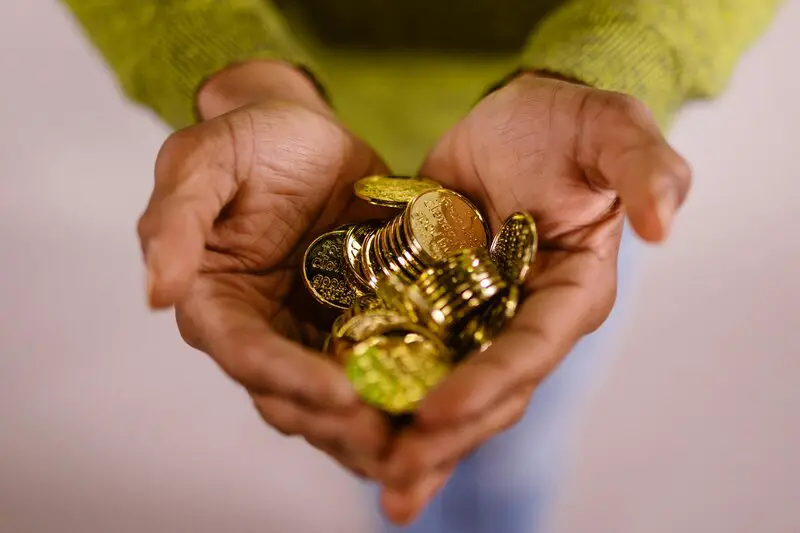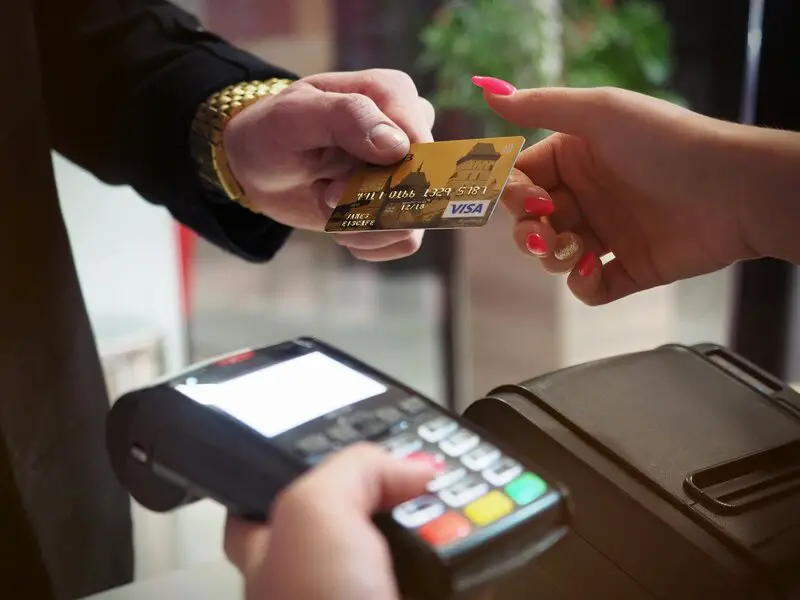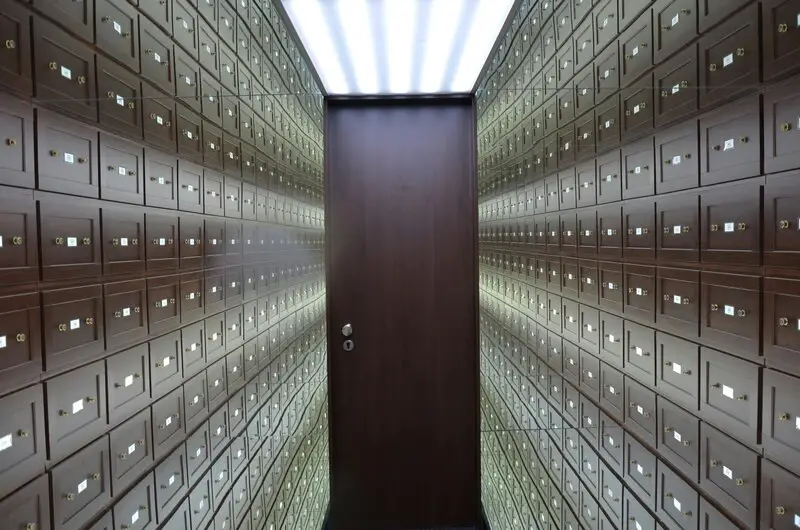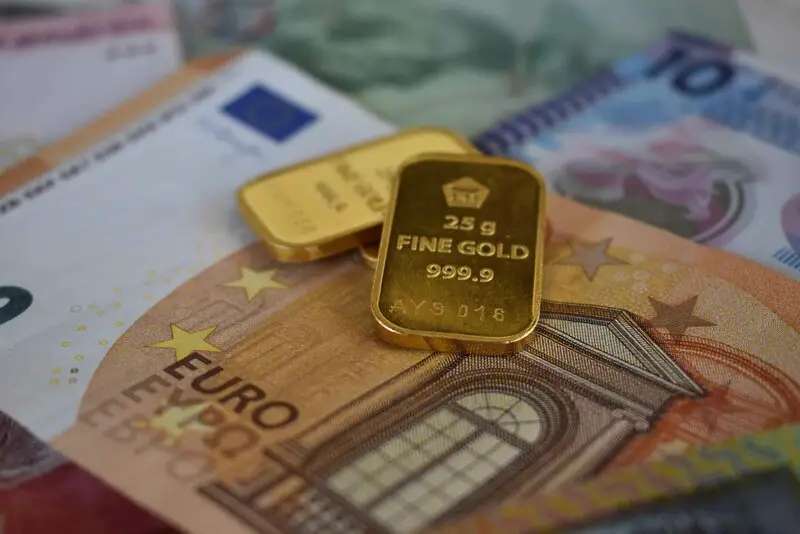Buying gold coins or bars is one of the most direct and secure ways to invest in physical gold. But to make a smart purchase, you need more than just interest—you need knowledge. Gold investment involves high value and, unfortunately, a thriving counterfeit market. Whether you're a first-time buyer or a seasoned investor, knowing what to look for can save you from costly mistakes.
This guide breaks down the key factors to examine when buying gold coins or bars, including purity marks, weight, premiums, and how to spot fakes.
1. Check the Purity Mark (Fineness)
The purity of gold refers to the amount of actual gold content in a coin or bar. It's one of the most important indicators of value.
Common Purity Grades:
24 karat (999.9 or 99.99%)
The highest standard for investment-grade gold (also written as "four nines fine").
22 karat (91.67%)
Often used in coins like the Krugerrand or Sovereign.
What to Look For:
- A clear hallmark or stamp on the product
- Markings like "999", "999.9", "AU", or "Fine Gold"
- The manufacturer's name and, ideally, a serial number
2. Verify the Weight and Dimensions
All investment-grade gold coins and bars come in standardised weights—typically in grams, ounces, or troy ounces.
Standard Weights:
Coins
- 1oz (most popular)
- 1/2oz
- 1/4oz
- 1/10oz
Bars
- 1g, 5g, 10g, 20g
- 1oz
- 100g, 1kg
How to Verify:
Use Digital Scale
Use a precision digital scale to weigh the gold
Compare Specs
Compare measurements to published specifications from the mint
Check Dimensions
Check thickness and diameter (especially for coins) using a caliper
3. Know the Premium Over Spot Price
When buying physical gold, you'll pay a premium above the market (spot) price. This covers minting, distribution, dealer margin, and packaging.
Factors Affecting Premium:
Type
Coins often carry higher premiums than bars.
Brand
Popular mints like the Royal Mint, PAMP Suisse, or Perth Mint may cost more.
Size
Smaller bars and coins often have a higher cost per gram due to manufacturing costs.
Demand and Scarcity
Special edition or rare coins can command higher premiums.
What's Reasonable?
| Product Type | Typical Premium Over Spot | Notes |
|---|---|---|
| Bars | 2–5% over spot | Larger bars tend to have lower premiums |
| Coins | 4–10% over spot | Depending on type and condition |
4. Stick to Recognised Mints and Brands
When buying gold, reputation matters. Purchasing coins or bars from globally recognised mints ensures authenticity and helps with resale.
Trusted Sources Include:
The Royal Mint (UK)
Perth Mint (Australia)
PAMP Suisse (Switzerland)
Royal Canadian Mint
Valcambi (Switzerland)
Credit Suisse
Metalor
Quality Assurance
These mints include tamper-proof packaging, certificates of authenticity, and often unique serial numbers on bars.
5. Inspect for Counterfeit Warning Signs
The counterfeit gold market is increasingly sophisticated. Fake bars can be plated or filled with tungsten (similar weight and density to gold), while fake coins may be expertly crafted but fail on purity.
Red Flags to Watch Out For:
No Serial Number
No serial number or inconsistent hallmark.
Unusual Appearance
Unusual colouring or surface texture.
Too Good to Be True
Price that's significantly below spot.
Uncooperative Sellers
Sellers unwilling to provide documentation or accept secure payment methods.
Authentication Tools:
Magnet Test
Gold is not magnetic.
Ultrasound or XRF Scanner
Used by professionals to test metal composition.
Ping Test (for coins)
Gold coins produce a distinctive, high-pitched ring when tapped.
Acid Test Kits
Cheap but risky for novice users—may damage the gold if not done properly.
6. Buy From Reputable Dealers Only
Never buy gold from unofficial online marketplaces, unverified sellers, or shady ads. You might save a few pounds upfront but risk losing everything.
How to Choose a Dealer:
Professional Registration
Look for dealers registered with professional bodies (e.g., LBMA in the UK).
Reviews & History
Check for reviews, trading history, and secure payment options.
Return Policies
Avoid dealers who don't offer return policies or transparent pricing.
Storage & Delivery
Prefer dealers who provide in-house storage or direct delivery with insurance.
Well-Known UK-Based Dealers:
BullionByPost
Chards
The Royal Mint
Atkinsons Bullion
7. Certificates and Documentation
For larger purchases, insist on a certificate of authenticity and a receipt with full product details, including weight, purity, and serial number (if applicable).
Keep these documents safe, as they're useful for:
Insurance Claims
Proof of value and authenticity
Future Resale
Proof of provenance and quality
Proving Ownership
Legal documentation of purchase
Final Thoughts
Buying gold coins or bars is a solid way to preserve wealth, but only if you do it right. Focus on purity, weight verification, and trusted sellers. Avoid the temptation of "cheap gold" deals—they're often too good to be true.
Key Takeaway
Investing in physical gold is not just about the metal itself—it's about trust. The more educated you are, the safer your investment.




